‘What’s royalty got to do with folk music?’ – The amazing story of Cecil Sharp House
Britain’s first folk arts centre is 90 years old this year. It has survived bombs, class struggles and changing times but its influence on music has been vast. Helen Brown traces its remarkable history and talks to Shirley Collins, Peggy Seeger and Rachel Unthank about its enduring legacy

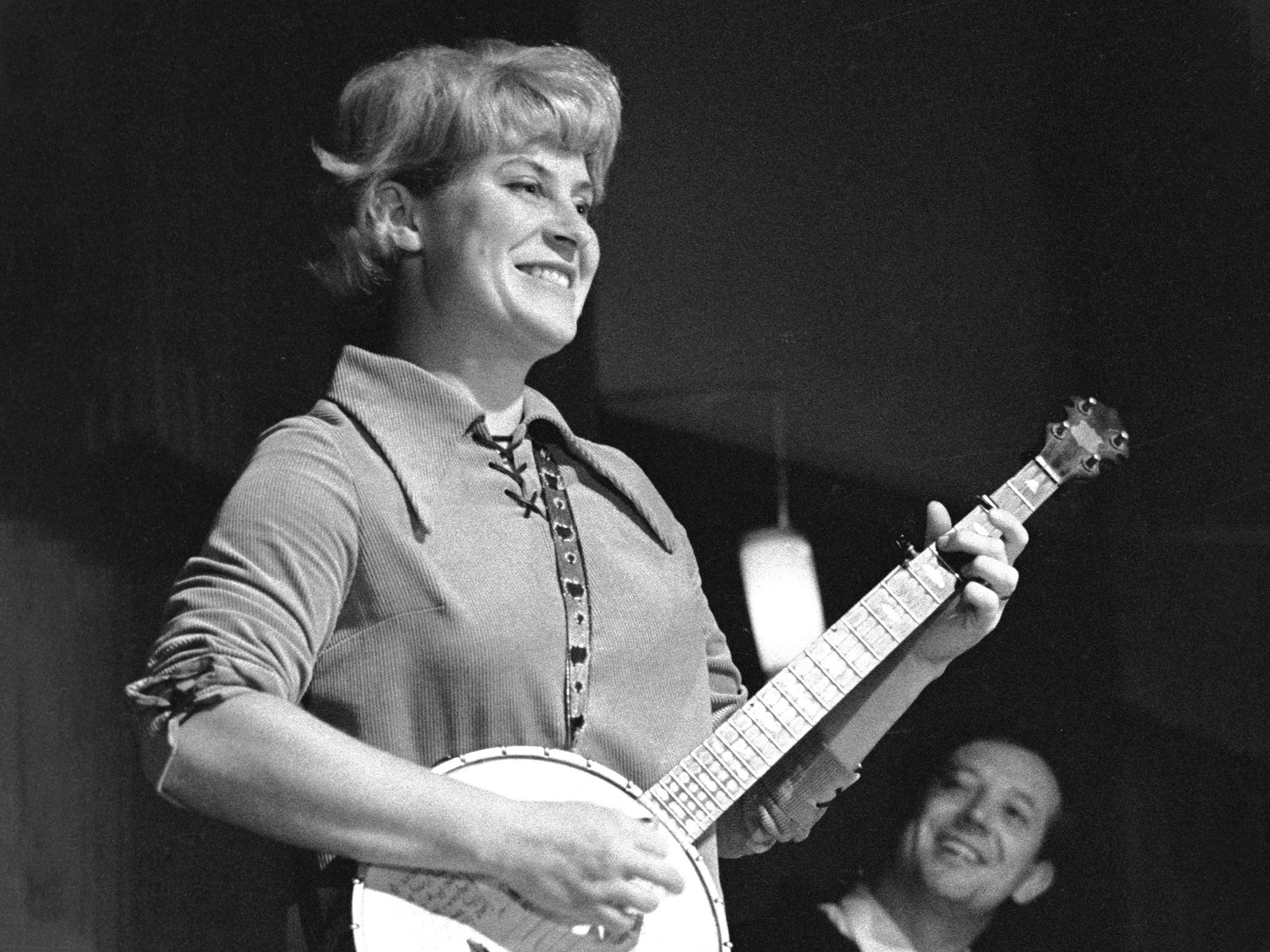
Your support helps us to tell the story
From reproductive rights to climate change to Big Tech, The Independent is on the ground when the story is developing. Whether it's investigating the financials of Elon Musk's pro-Trump PAC or producing our latest documentary, 'The A Word', which shines a light on the American women fighting for reproductive rights, we know how important it is to parse out the facts from the messaging.
At such a critical moment in US history, we need reporters on the ground. Your donation allows us to keep sending journalists to speak to both sides of the story.
The Independent is trusted by Americans across the entire political spectrum. And unlike many other quality news outlets, we choose not to lock Americans out of our reporting and analysis with paywalls. We believe quality journalism should be available to everyone, paid for by those who can afford it.
Your support makes all the difference.This place feels very important, but I don’t know why yet,” said Billy Bragg, wandering into Cecil Sharp House in 1986. Many of us have felt something similar, slipping from busy north London, though the English country garden, into the UK’s first dedicated folk arts centre.
First opened in 1930, the building holds all the tension of the 20th century’s battles over the definition of “folk music” and who it belongs to. Visitors will feel it in the architectural push-pull between blunt, right-angled utilitarianism (formal rectangular halls for dancing, rectangular windows for light) and mystical curves of wooden carvings of green men, dragons and bawdy Morris men. For at Cecil Sharp House (CHS), town meets country, academia jostles with vernacular tradition and all three classes collide.
On its 90th birthday, CSH’s chief executive, Katy Spicer, reminds me that we can trace those tensions right back to 1898, when the middle-class Folk-Song Society was founded to collect and preserve folk songs and tunes primarily from Britain and Ireland. They found and filed songs for the nation’s cabinet of curiosities just as other Victorians collected shells, ferns and fossils. Prominent members included Lucy Broadwood, Frank Kidson and Anglican priest Sabine Baring-Gould. Letters stored at CSH reveal the fierce rivalry between many of the collectors as they competed to discover the best, oldest or most obscure “peasant” tunes.
In 1903, Cecil Sharp joined the fray, recording material from “the old singing men and women of the country villages”. Now widely acknowledged as the founding father of the folk revival, Sharp, the son of a slate merchant, became interested in folk tradition after observing a rare group of Morris dancers performing at the village of Headington Quarry near Oxford at Christmas 1899.
The composer Ralph Vaughan Williams began collecting songs the same year. “There is a feeling of recognition, as of meeting an old friend,” said Williams, “which comes to us all in the face of great artistic experiences. I had the same experience when I first heard an English folk song, when I first saw Michelangelo’s Day and Night, when I suddenly came upon Stonehenge or had my first sight of New York City – the intuition that I had been there already.”
In 1911, the English Folk Dance Society was founded to collect folk dance including Morris, sword and country dances, and to publish and teach them. Sharp died in 1924 and CSH was built to keep his legacy alive. It comprises a library for Sharp’s book collection, a large hall for social dancing and high-profile concerts and two smaller classrooms downstairs for teaching.
“But,” says Spicer, “in September 1940, Cecil Sharp House was hit by four bombs, destroying the front entrance, stairwell and a musicians’ gallery in the main hall. Fortunately, the library remained largely intact, and its rare books were already in Cheshire for safekeeping. The remaining collection was packed up and moved to Oxford.”
CSH was patched up after the bombing with blitz spirit classes continuing in the basement. And after the war the musicians’ gallery was replaced by a lively, abstract mural by English artist Ivon Hitchens, depicting the English folk dances and traditions (although some spot the presence of UFOs). Hitchens worked on the mural for three years before it was finally completed in 1954. At 69 x 20ft, the mural was the largest in the country at the time.
The 1950s saw a second folk revival, perhaps as part of a postwar search for national identity. In 1951, the young Princess Elizabeth was photographed swooshing her skirt during a Canadian square dance, making folk dancing an aspirational activity. Meanwhile, the collecting of folk songs (led by Alan Lomax in America and Ewan MacColl in the UK) became strongly associated with left-wing activism. Whereas Sharp and his rivals romanticised the rural life, this second wave of collectors gathered working-class songs from the working classes of both town and country.
Enjoy unlimited access to 100 million ad-free songs and podcasts with Amazon Music
Sign up now for a 4 month free trial (3 months for non-Prime members)
Enjoy unlimited access to 100 million ad-free songs and podcasts with Amazon Music
Sign up now for a 4 month free trial (3 months for non-Prime members)
Folk singer Shirley Collins remembers first attempting to visit CSH aged just 19 in 1955. “Outside the building I saw the stone that says, ‘In memory of Cecil Sharp, who restored to the English people the songs and dances of their country,’” she tells me. “But would they let me in? No. It was ever so posh back then and they did NOT want to let me in. The class system was so pronounced then. I was made to feel quite ashamed of my working-class background. But I persisted. I had been told how many songs were in that library. I was determined to get in and the snobs were almost equally determined to keep me out!”
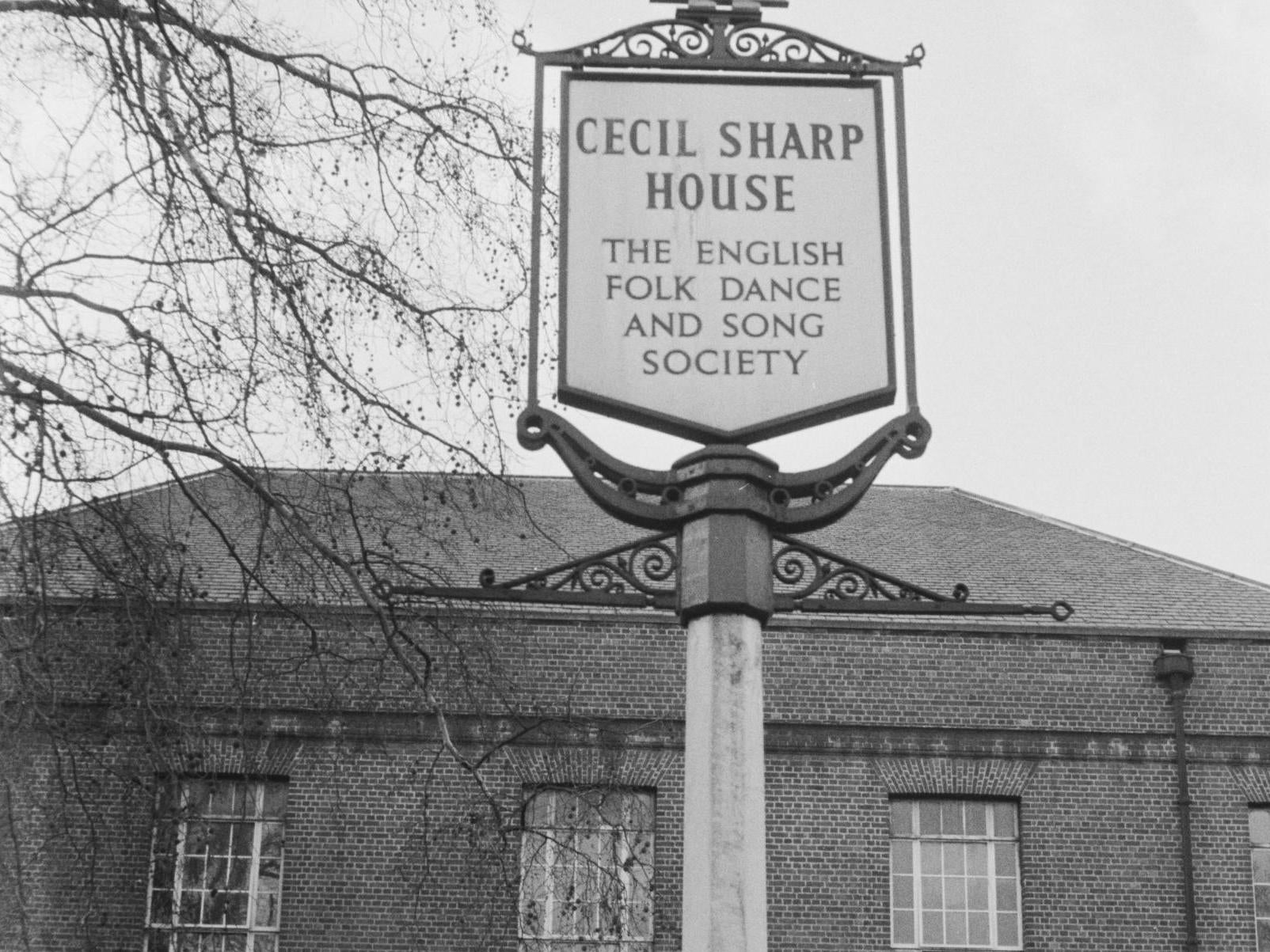
The 85-year-old Collins, who released her ninth solo album this month, continues: “Princess Margaret was made president in 1960 and I remember seeing the photographs of her in beautiful frocks surrounded by all her ghastly courtiers, and I thought: what’s royalty got to do with folk music? This music belongs to people of my class. Anyway, when I finally got in I would leaf through the books and when a set of words jumped out at me I wrote them down and took them home for my sister Dolly to play on the piano. If I liked the tunes, I would learn them. It was quite a laborious process.”
She remembers that: “Somebody would sit with me in the library to make sure I didn’t purloin anything. And, actually, I did – although much later. In the 1970s I was leafing through the journals of Lucy Broadwood and found her writing about a song she had recorded called “Gilderoy”. I looked at the lyrics and half of one whole verse was asterisks. She had put in a note to say they weren’t suitable to be included in her journal. Part of her hypocritical Edwardian sensibility.
“That really made me want to find the song, so I asked to see her collection and was, reluctantly, shown to a neglected side room full of dust with papers all over the floor. Some of them had clearly been chewed by mice. Eventually I found the song and learned to play it. But also there I found a letter to Broadwood from a shoemaker – and great radical thinker – from Horsham called Henry Burstow, who knew 400 songs. It said: ‘Dear Madam, thank you for sending me your book of folk songs. What a lovely, got up book it was.’ It was so courteously written I had to bung it in my handbag. I thought a mouse would have nibbled it if I didn’t. I like to think I rescued it. I eventually handed it back about three years ago and I wish I hadn’t. Owning that letter was one of the greatest pleasures of my life.”
Collins struggled not only with the snobbery of CSH’s management, but the reverse snobbery and sexism of the left-wing folk scene.
In her frank and erudite 2018 memoir, All in the Downs, she writes that: “Ewan [MacColl] was a looming figure you couldn’t ignore, although I had taken an instant dislike and mistrust of him the first time I heard him sing. I found him pretentious and pompous. His habit of turning a chair round, straddling it backwards, before tipping his head back and cupping one ear with his hand made me giggle – it looked so silly. This image of him hovers into my mind occasionally; I try to dismiss it as quickly as I can, along with the memory of the evening he invited me to his home to look at his collection of books. He was already undressing the minute I walked through the door. I fled, furious that I’d wasted the money on the bus fare. But I have to acknowledge he sang some very fine songs.”
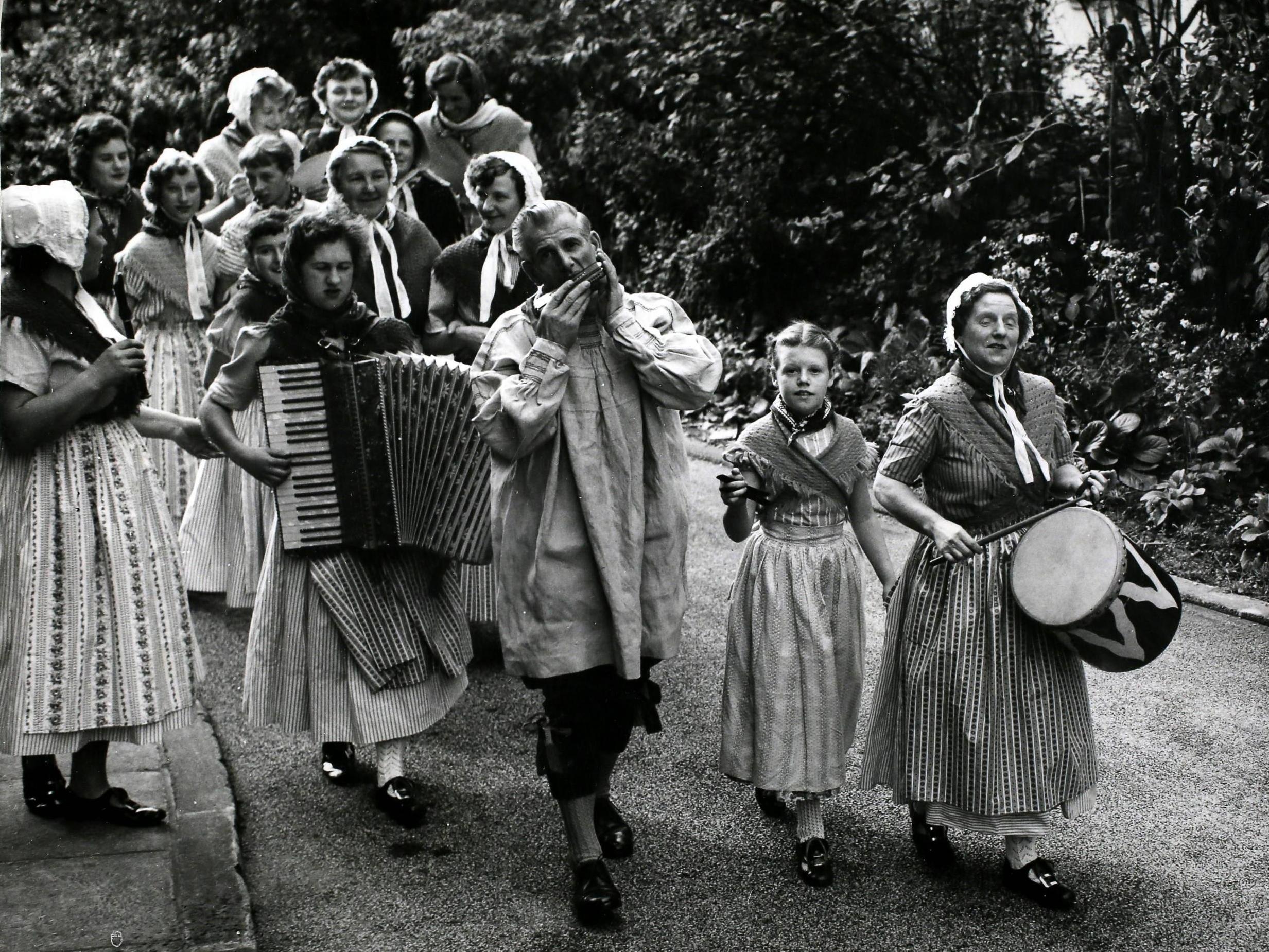
Today she tells me that MacColl was “a self-invented person puffed up with rules and regulations. I mean, I have rules of my own. It bothers me that anybody with a guitar today can sit in an expensive bedroom and write what they call a ‘folk song’, because folk is the music of the labouring classes and it goes back centuries. Ewan’s rule about singing in your own accent from your own area was ok, but he was so brutal about it. And it was hypocritical because Ewan’s voice was invented. He was equally brutal in his criticism. He once compared me to a Jersey cow lumbering along, words dropping from my mouth like jujubes [fruit candy drops]. He called me the Lady Baden Powell of English Folk Song. I thought, ‘Christ Ewan, I’m a darned sight more working class than you are!’”
American-born folk singer and feminist songwriter Peggy Seeger, MacColl’s second wife, has admitted that she was partly responsible for MacColl’s strict rules. She heard a Cockney lad singing American blues songs by Leadbelly and, in a blog, recalls being “doubled over in my seat, gasping with laughter. I had to be taken out of the room. Most unprofessional, but I couldn’t help it. I am North American. Woody Guthrie, Jean Ritchie, Big Bill Broonzy, Leadbelly, et al, used to come to our house in Washington. I knew what the song should sound like and the manner of delivery and the insertion of Cockney vowels into a southern USA black prisoners’ song just sounded funny.”
But it was this policy which drove MacColl and Seeger to CSH, in quest of songs from MacColl’s birthplace, Salford. “As a communist,” she tells me, “Ewan always felt he was stepping into enemy territory. I performed there with my brother Mike but never with Ewan, probably because they knew darned well we would do a lot of political songs. When we got our gold badges, the formally dressed conservative members were on one side of the aisle and the casually dressed folk song lovers were talking and laughing on the other. It was like a Montague Capulet wedding!
“But we went along to the library together in 1956-57 and I remember poring over recordings. They had records and tapes, even wire recorders. The archive was in this little room, 7-8ft square, with a central table. We spent hours down there – it was a fug, trying to breathe because Ewan was a smoker – can you believe they let smokers sit there like that? Ewan struggled a bit with the manuscripts. I always thought he was dyslexic, although I never said anything.”
Seeger says that after they became a couple they attended a few dances at CSH. “He didn’t dance but I did. The problem was the unlockable couples who came together, leaving me stuck with poor lonesome men many of whom danced better than me because I didn’t know the English dances. I ended up sitting in corners or playing concertina with the band. But I did love to watch the dances.”
Folk music maintained its popularity through the 1960s and early 1970s. Members of rock band Fairport Convention were drawn to the traditional tunes after folk singer Sandy Denny joined in 1968. In the summer of 1969 the band’s bassist Ashley Hutchings began visiting Cecil Sharp House, conducting research he and Denny ploughed into their seminal folk-rock album, Unhalfbricking (1969).

“Nothing resonates like an old song,” the band’s guitarist Richard Thompson told the music press. “To sing something beautifully written, and then refined over hundreds of years, that still has meaning and urgency, that still creates vivid pictures in the mind, is a deeply rewarding thing. I think we hoped the band would achieve some mainstream popularity, so that we could bring the tradition a little closer to people’s lives. This has happened more in Ireland and Scotland, but the English still seem to see their own culture as an embarrassment or a novelty – it’s that post-empirical confusion.”
But by the end of the 1970s folk music was slipping from fashion. Malcolm Taylor OBE started working in CSH’s library in 1979 and only left his post in 2014. So, he tells me, “I straddle the gap between the postwar revival and the modern era. Initially the dance side was much more proactive. Sharp hoped to channel our traditions through the school system and he was quite successful. People of my generation all did a bit of country singing and dancing at school, mostly based on his arrangements.”
But Taylor says that by the time he arrived things needed to change. “The folk scene was on its knees. Performers who made their names in the 1960s and early 1970s were really struggling. One of my favourites was a chap called Tony Rose who couldn’t get gigs. Stars like Martin Carthy and John Kirkpatrick managed to stay afloat by diversifying, going into theatre.
“The tiny room where the archives were kept was incredibly dusty. The manuscripts were in boxes that were all falling apart. They weren’t acid-free. The mission was to create a properly controlled environment that was equal to the importance of the material. I don’t think we ever quite achieved that, but I found a spare room in the basement and occupied it. Money was always an issue.”
During the 1980s, many folk lovers believed CSH should be sold to fund a cheaper building in which the collection could be stored. “The sale of the house in the late 1980s was a huge issue,” Taylor tells me. “Membership was plummeting. Money was so tight. War broke out. It was awful. These very polite middle-class people resorted to terrible tactics on both sides of the argument. The library was a shuttlecock in the middle of the whole row. People kept calling me from America, offering to buy the archive and it was hard not to let it go because those universities had the facilities to look after it properly.”
In the end, a group of more than a thousand Friends of Cecil Sharp House united to save the building. Taylor was relieved. It meant he could carry on with his efforts to reorganise the library: “Let me tell you, that’s not easy when most of your material is anonymous! The woman who started the week before me resigned after a few days saying the job was impossible.”
Taylor tells me that “the oldest manuscripts date from the late-19th century, but some of the books go back to the 1600s. The ‘Play for Dancing Masters’ dates back to 1651. Cecil Sharp’s diaries and letters to his wife are there. I love all the correspondence between the collectors, revealing the intensity of the rivalry between them. It’s such a pleasure reading about George Butterworth going down to Sussex to collect songs like ‘The Banks of Green Willow’, only to find somebody already working there.”
When Taylor first started at CSH, the chair of the committee was Ursula Vaughan Williams, who lived around the corner in Gloucester Crescent – the same road as Jonathan Miller, Michael Frayn and Alan Bennett.
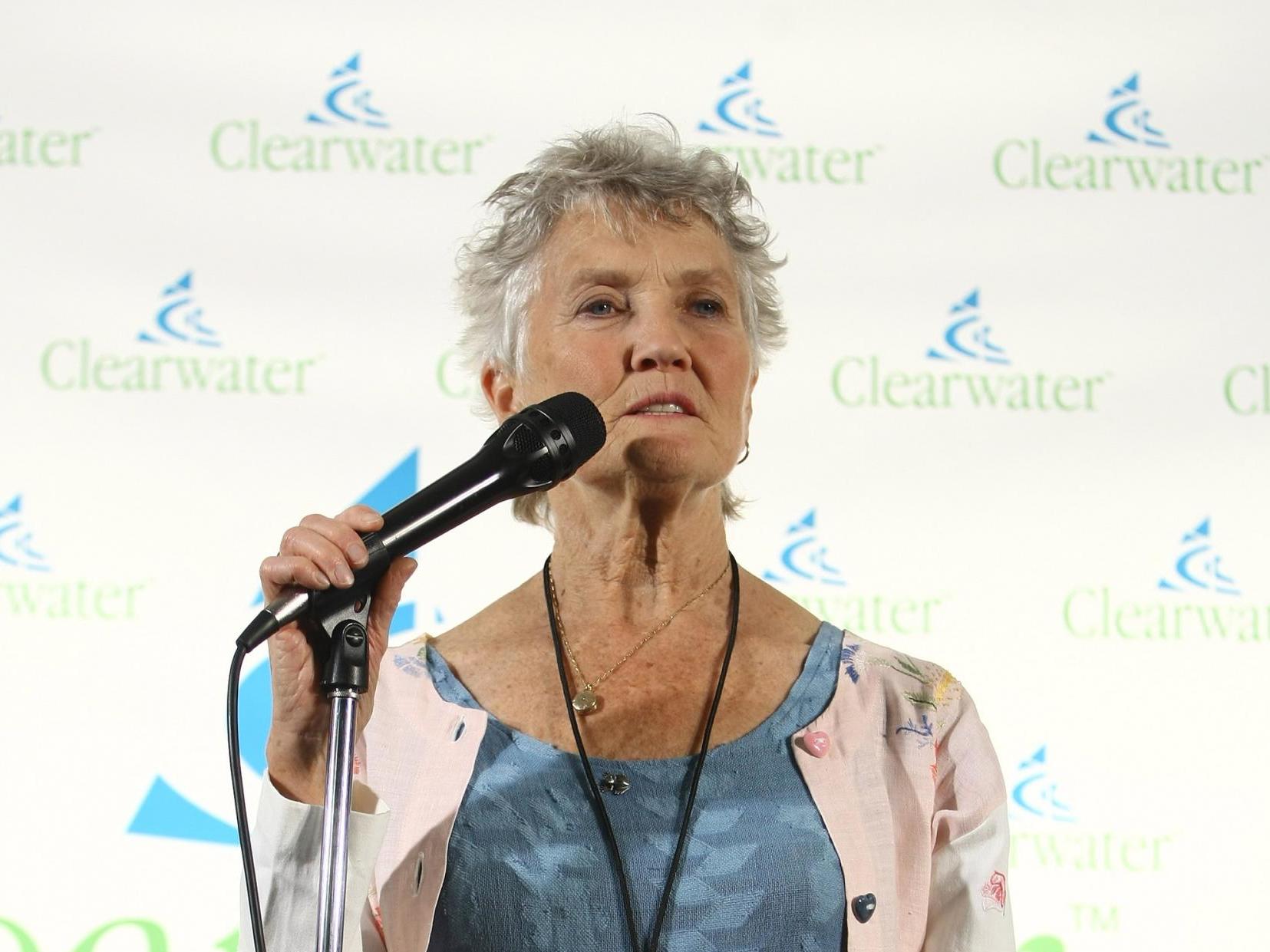
Taylor recalls walking past Bennett’s Lady in the Van when Williams invited him for lunch. “I’m a working-class bloke from Bermondsey, with a chip on both shoulders, and these people all seemed very posh to me,” he says. “But they were all amazing. Champagne socialists, sure. But perhaps the most liberal people I met in my life. I learned so much from them. Ursula would always start lunch with her latest aperitif – something like Cinzano and grapefruit juice. You had one of those and you’d struggle to sit straight through lunch. Then she served coffee that made your scalp twitch!”
It was during Taylor’s time at the house that Billy Bragg first walked in, to seek the librarian’s assistance when he made his 1998 album, Mermaid Avenue, setting previously unheard Woody Guthrie lyrics to music. Taylor recalls all the celebrities who’ve engaged with CSH through the years, from David Essex to Jarvis Cocker. He tells me that “artists like Jeremy Deller (most recently responsible for the Thank God for Immigrants posters that have appeared in people’s windows during the pandemic) and playwrights like Lee Hall (the writer of Billy Elliott) came in: his work is all about the dignity of the working class.”
Taylor laughs about the time when one of Mick Jagger’s representatives called up one day asking to buy some of CSH’s original material. “I said it wasn’t for sale. The guy said, ‘but Mick’s decided he’s been most inspired by the Appalachian mountains.’ I said, ‘I don’t think I’d agree with that!’
“Robert Plant came in just after he’d made that bluegrass album with Alison Krauss [Raising Sand, 2007] so I showed him that collection of Appalachian music. He kept saying: ‘That’s one of Alison’s...’ I said: ‘Yeah, but she got them from here.’ He hadn’t realised. He bought around £50 worth of books and handed over his gold credit card. I remember thinking he might not have noticed if I’d added a few zeros to the bill. We could have used £5,000!”
Taylor’s legacy is The Full English: an online archive of all CSH’s folk songs, plus those from other collections around the country.
“The trouble with people like Sharp was that they cleaned everything up. The sex, drugs and rock’n’roll were all expunged and trust me, it was all in there originally! Songs in which the man knocks on the woman’s door and she sends him away… trust me, in the original he’s less likely to have wandered disappointed into the night. But when they wrote them down they recorded the songs accurately, so we can dig back to the truth of the tradition. And we have.”
Rachel Unthank, of Northumbrian folk trio The Unthanks, went to meet Taylor in the early Noughties, fearing “an atmosphere of stagnant traditionalism”. But she quickly bonded with him over a mutual love of Robert Wyatt’s music. She remembers “trawling through some big, heavy volumes of songs, when I came across a slim, delicate book with birds on the front. It’s in this book that I found the song ‘I’ll Mount the Air on Swallows Wings’ – a love song, only four lines in length. I was drawn to this song about love and longing and I already felt a kinship with the book.”
She recalls reading a quote from one source singer that said: “‘The modern singer must use the same imagination and flexibility in adapting the other verses as did the original singers.’ This spoke to me. It told me that any preconceived fears I might have had about a library of traditional song as being precious and museum-like could be put to rest. This quote was giving me permission to find my own relationship with the song, and to take it on another journey. I liked the song, but I had no idea it would turn into the sprawling 10-minute title-track of our next album or that I would have so many treasured memories of singing it live.”
Throughout the Noughties, Katy Spicer tells me, the house has played host to all sorts, from the auditions for the first Harry Potter films – “so many boys dashing about in round glasses” – to the BBC’s Electric Proms, including “a really memorable night in 2008 when Goldfrapp filled the hall with giant paper baubles and so much equipment our electricity couldn’t cope!”
Folk fiddler Sam Sweeney – winner of the BBC’s Folk Musician of the Year 2015 – did some of the research at the library but is most connected to CSH through his role as artistic director of the National Youth Folk Ensemble (NYFE). “We run a course in October and another at the February half term,” he tells me “with our first gig of the year at Cecil Sharp House. I remember the first year: tensions were so high. We turned up at the house and did our warm-ups with butterflies in our stomachs. Then we got a tour of the Vaughan Williams memorial library and the kids spent over an hour looking through the manuscripts. It was incredibly cool and took all the pressure off. Some of these young people had never come across this kind of material before. They learn their songs from YouTube. They didn’t realise that CSH has the original transcriptions of some of the tunes they were playing.”
Sweeney says the genius of the archive is the way you can search through it geographically. “I remember one girl’s jaw on the floor as she found a tune from her village. Even though the archive is all online, quite a few of them have taken trips back to talk to the librarians and find songs from their own towns and villages. Nothing beats the physical connection you get looking at the paper, deciphering the old handwriting of the collectors. You realise the journey these songs have taken through the aural history to the scholarly collectors of the early 20th century to the kids uploading it today.”
Sweeney remembers “committing an enormous faux pas when I performed at CSH with my trio, Leveret. We used to perform in the round, rotating every few numbers so the audience didn’t have to spend the whole night staring at the same person’s back. I remember when I moved so that I was facing the mural I said, ‘Oh god, I’ve got to spend the next four tunes staring at THIS!’ There was a horrible backlash from the audience. The mural is sacred.”
No such stress with the NYFE’s first concert which he says was “a magical evening. The premiere of this massive project that had been years in the making. The hall was full, the kids played phenomenally well. They’ll all tell you how much I cried.”
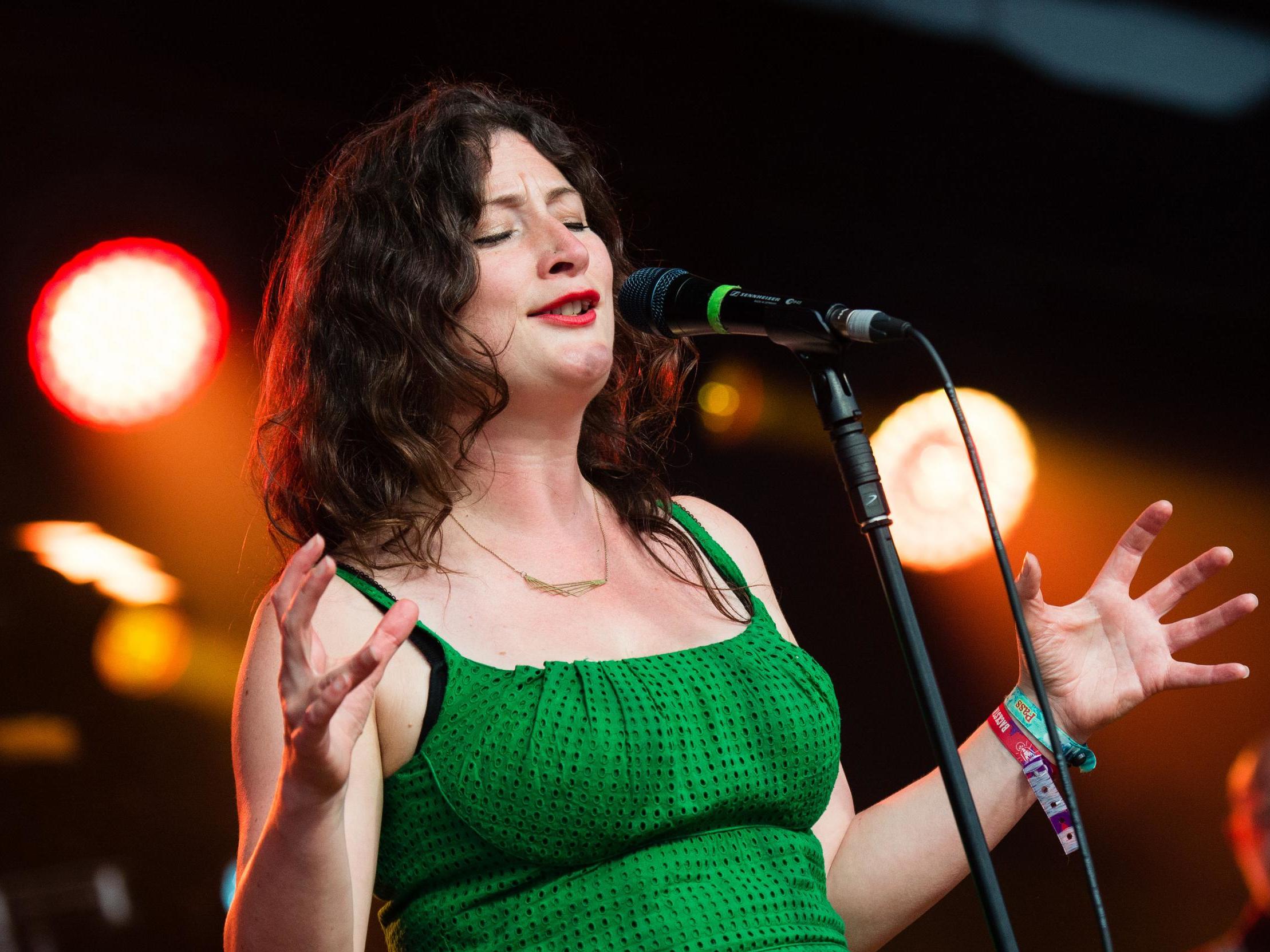
Hayden Thorpe, former frontman of Mercury-shortlisted indie pop band Wild Beasts, played music from his highly acclaimed low-fi solo debut, Diviner, at CSH in December 2019. “It’s such a wonderful place, full of all the charm and chaos you’d expect,” he says. “I’d been planning to play the grand piano, but it turned out the stage wasn’t strong enough to support the grand piano and I ended up using the practice piano from upstairs. Carrying your piano downstairs is a rite of passage for any pianist, because once you know the true weight of the instrument you respect it that much more!”
Thorpe’s cockles were warmed when “a clog dancing group met on the night of my gig, so several mature ladies were sharing my bathroom and had to go through my dressing room to get to it. I became quite au fait with clogs that night. That sort of thing never happened when I was touring with an ear-shredding rock band!
Thorpe says: “The hall has a certain brisk expectation that you just turn up and do it. It expects you to be able to play your instrument and sing a song. Folk music always had that. Other kinds of music could learn from the attitude. In the end, I didn’t even use a microphone. And it was a very special night.”
Alas, all performances at CSH have ceased during the pandemic. The 90th anniversary was scheduled to have been marked with concerts from “Barnsley Nightingale” Kate Rusby. Across the summer, folk fans were expecting to attend the London Folk Festival there, along with gigs by Thea Gilmore, India Electric Co, Jackie Oates, Oysterband and Peggy Seeger.
“I’ve had to cancel my tour and, at 85, I seriously doubt there will ever be a time I’ll perform again,” Seeger tells me. “I’ll be too old by the time Covid is finished. That grieves me, not having one final concert. I would like to do one final public meeting with Shirley Collins, where the two of us can talk about our experiences. We are so different and yet our paths crossed at such a crucial time in 1956-57. So much pivoted around CSH. I hope they find a vaccine soon. And I hope CSH’s doors reopen in time for women like me and Shirley to walk back through them.”
Join our commenting forum
Join thought-provoking conversations, follow other Independent readers and see their replies
Comments